
Among the top accusations against Turkey during Syria’s ongoing civil war has been that its government has not done enough to stem the flow of foreigners who slip over its border and into the ruthless jihadi groups operating between Syria and Iraq. But just as those thousands have crossed the boundary into Syria and Iraq to take up arms — some are thought to have joined extremist factions like the al-Qaeda-linked Jabhat al-Nusra and the Islamic State of Iraq and Greater Syria (ISIS) — Turkey’s 560-mile-long border has also proven a valuable exit for more than 1 million Syrian refugees.
Officials estimate more than 138,000 Syrian Kurds joined them in recent days, putting that exodus among the largest population shifts of the conflict since it began more than three years ago. The influx resulted from fierce battles between ISIS and Kurdish forces near the city of Ayn al-Arab, known to the Kurds as Kobani, following the militants’ seizure of Kurdish villages near the border during a recent advance. To put that figure into perspective, Melissa Fleming, chief spokesperson for the United Nations refugee agency, says the “unprecedented” push into Turkey is nearly equal to the number of Syrian refugees who have sought asylum in Europe during the war.
Kobani is a short leap from the Turkish town of Suruc and had previously been mostly spared from the fighting that has devastated other parts of Syria. “This was really an enclave of relative safety, Kobani, and in fact there were 200,000 internally displaced people who had found some semblance of safety there over the last few years,” she tells TIME. “It was a place to flee to, and now all of a sudden it’s a place to flee from.” Fleming added that the agency is now preparing for a worst-case scenario in which all 400,000 residents of Kobani flee to Turkey to escape the threat.
Bulent Kilic, a Turkish photographer with Agence France-Presse based in Istanbul, arrived to the region late on Sept. 19 and began shooting the next morning. Kilic had seen media reports beginning to focus on this area and, having missed the opportunity in August to document the tragedy of the Yezidis on Mount Sinjar in Iraq, boarded a plane and headed southeast. The first wave began slowly on Thursday but soon ticked up, with the big surge coming over on Friday and Saturday.
Turkish officials had initially barred the Syrian Kurds from passage, but later reversed course and opened border crossings — “without any ethnic or sectarian discrimination,” Turkish Prime Minister Ahmet Davutoglu said at the time. And so they moved, on foot, with whatever they could carry. Those who crossed were mostly women, children and the elderly or injured, Kilic recalls, as most of the men and boys of fighting age stayed behind. “They left everything behind them — their toys, their homes, everything,” he says.
Kilic knows these types of scenes well. He covered the unrest during Turkey’s Gezi Park demonstrations last year, deadly clashes in Ukraine this past February and the Soma mine blast in May. He saw similar scenes of despair over the last few days, but his prior experiences doesn’t make them any easier to encounter. There was one moment he says moved him the most: a family at the border had three children, a few elders and two or three others. There were also a trio of goats that the adults were hoping to walk into Turkey. But the animals’ entry was denied.
“Their mother was trying to get them to come with her, but the children were crying because they couldn’t take the goats. At the same time, she was trying to control the goats. It was very dramatic,” he says.
The family left one or two people to take care of the animals near the border as the others, including the children, pressed on. Kilic says this story reminded him of his childhood because he would often care for his grandfather’s goats in his hometown.
“I understood them,” he admits. “They couldn’t leave these goats on the other side. They loved these goats and they didn’t want to leave because if they leave the goats, they’ll die or disappear or someone will take them. I couldn’t watch, I couldn’t continue, I started shooting something else.”
Making the pictures he wants to make in situations like this is difficult, Kilic says, but the best ones to him are those that show the humanity of his subjects and the reality of what he’s seen.


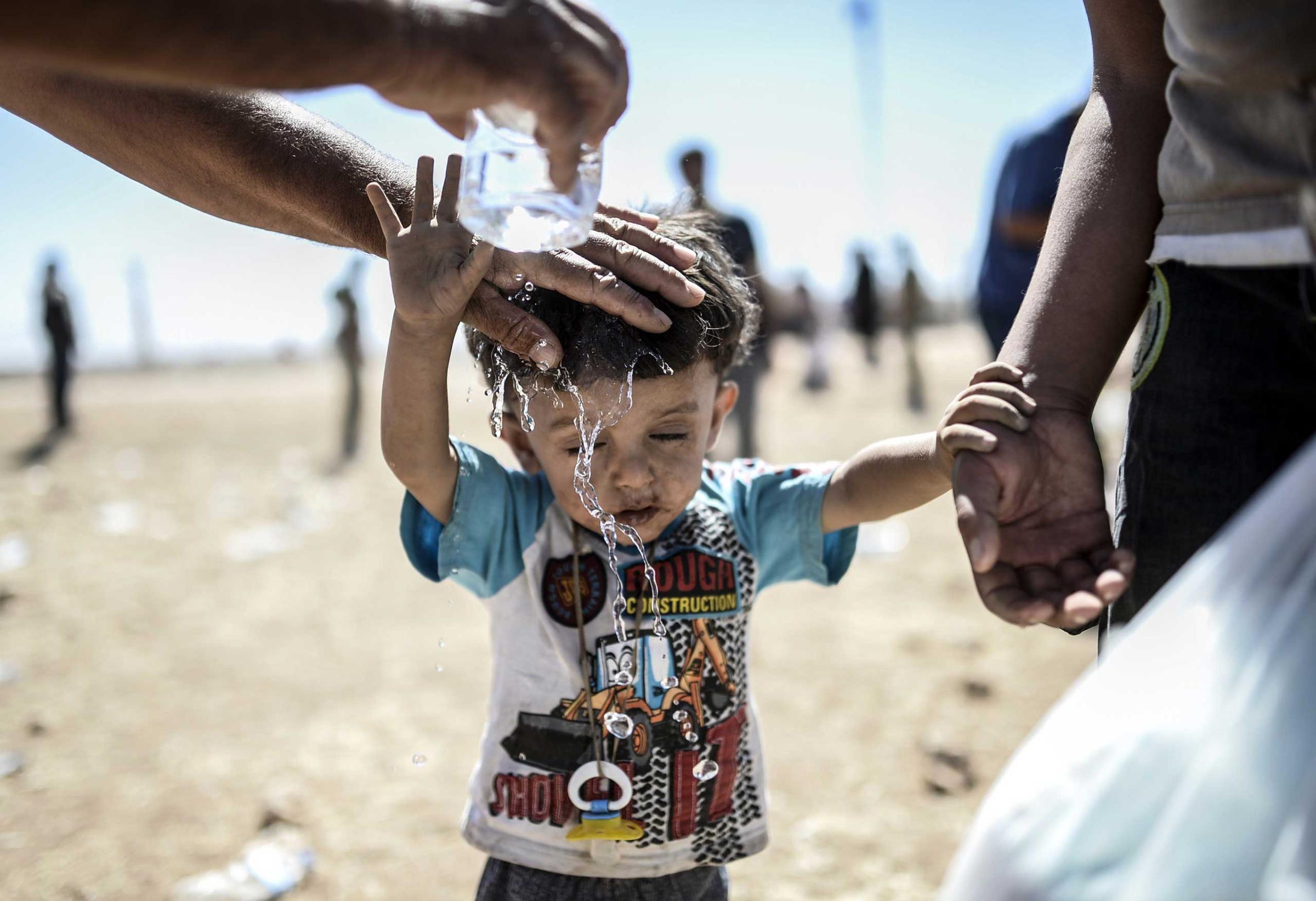
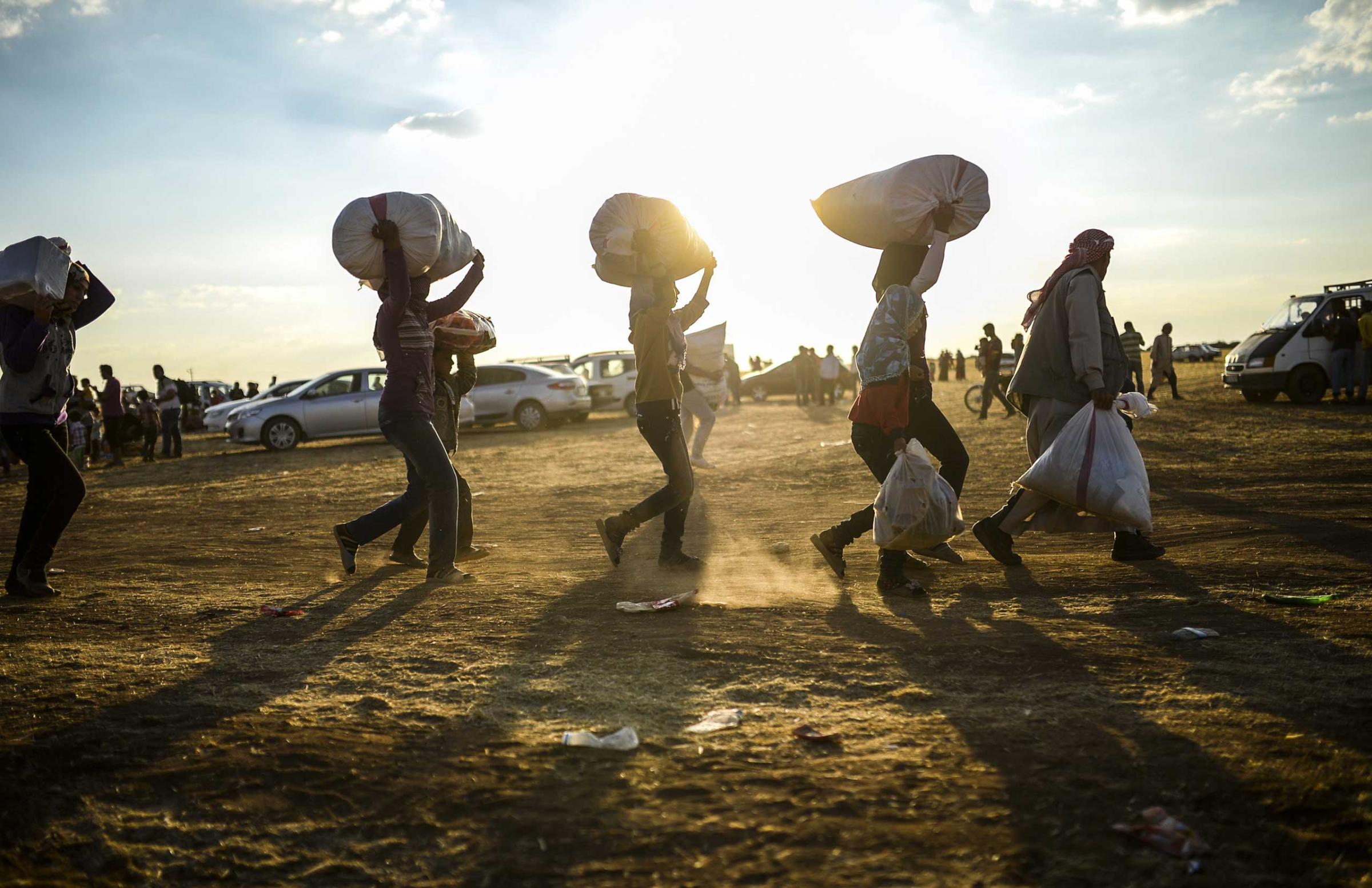
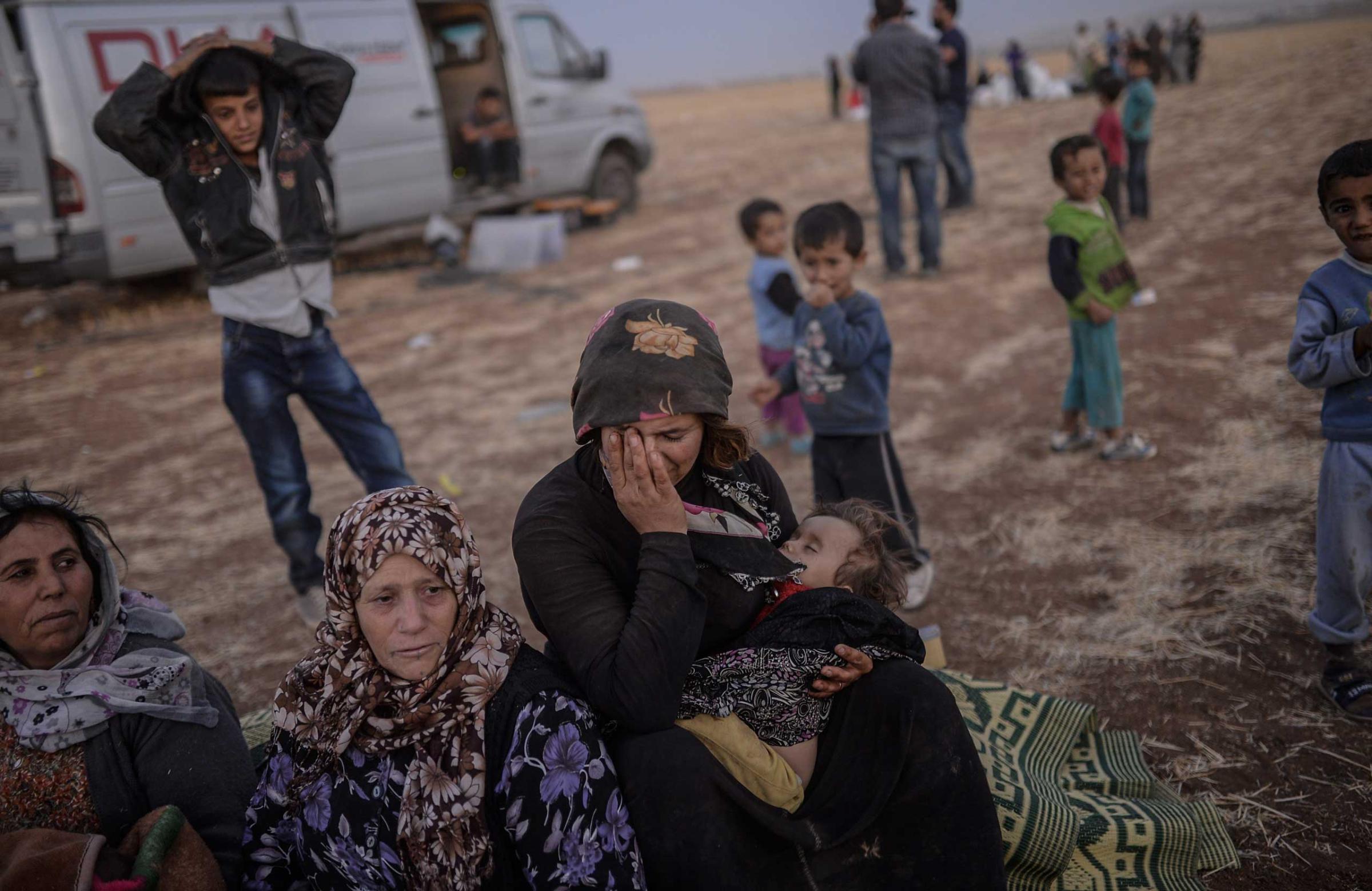

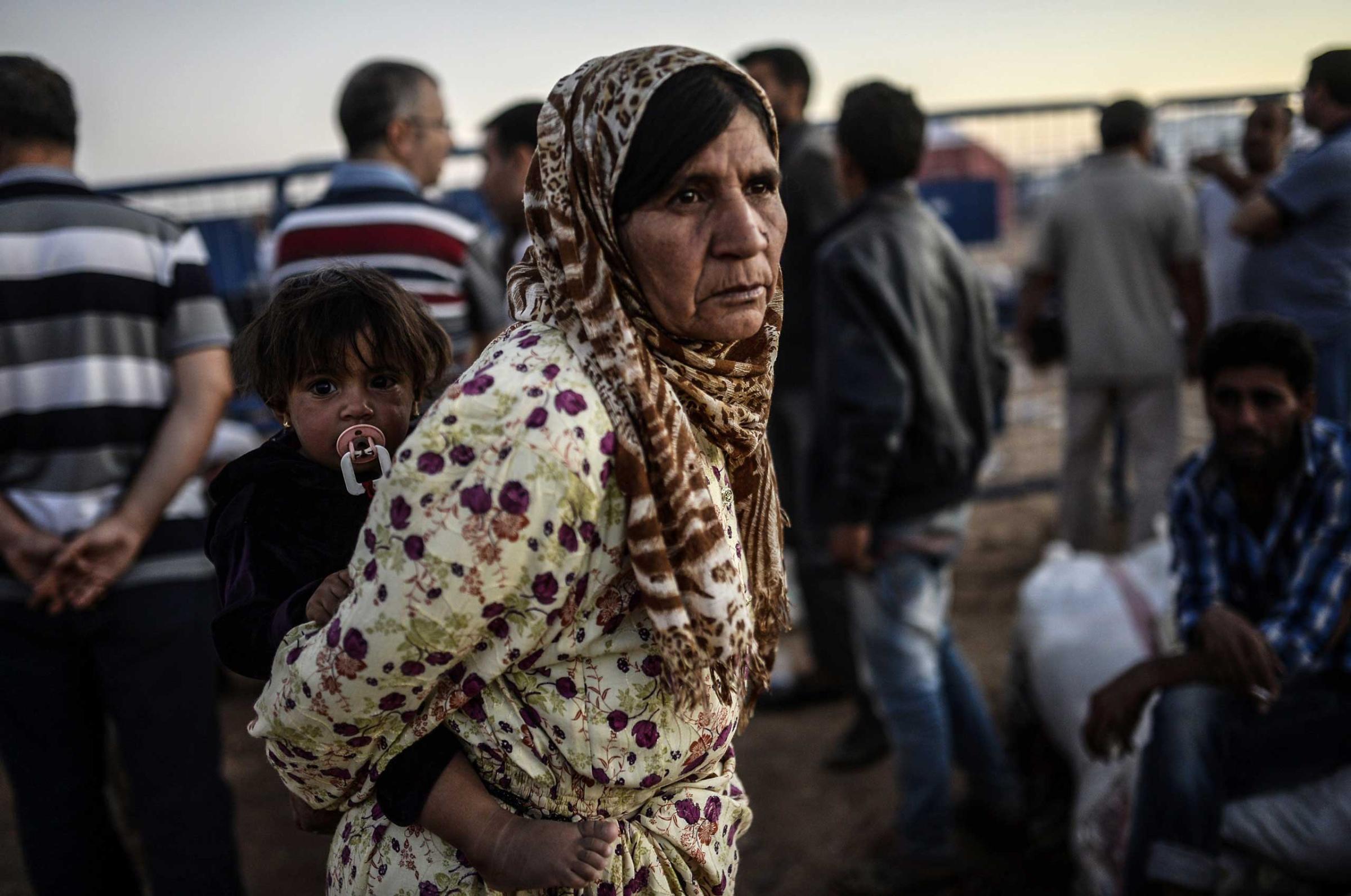
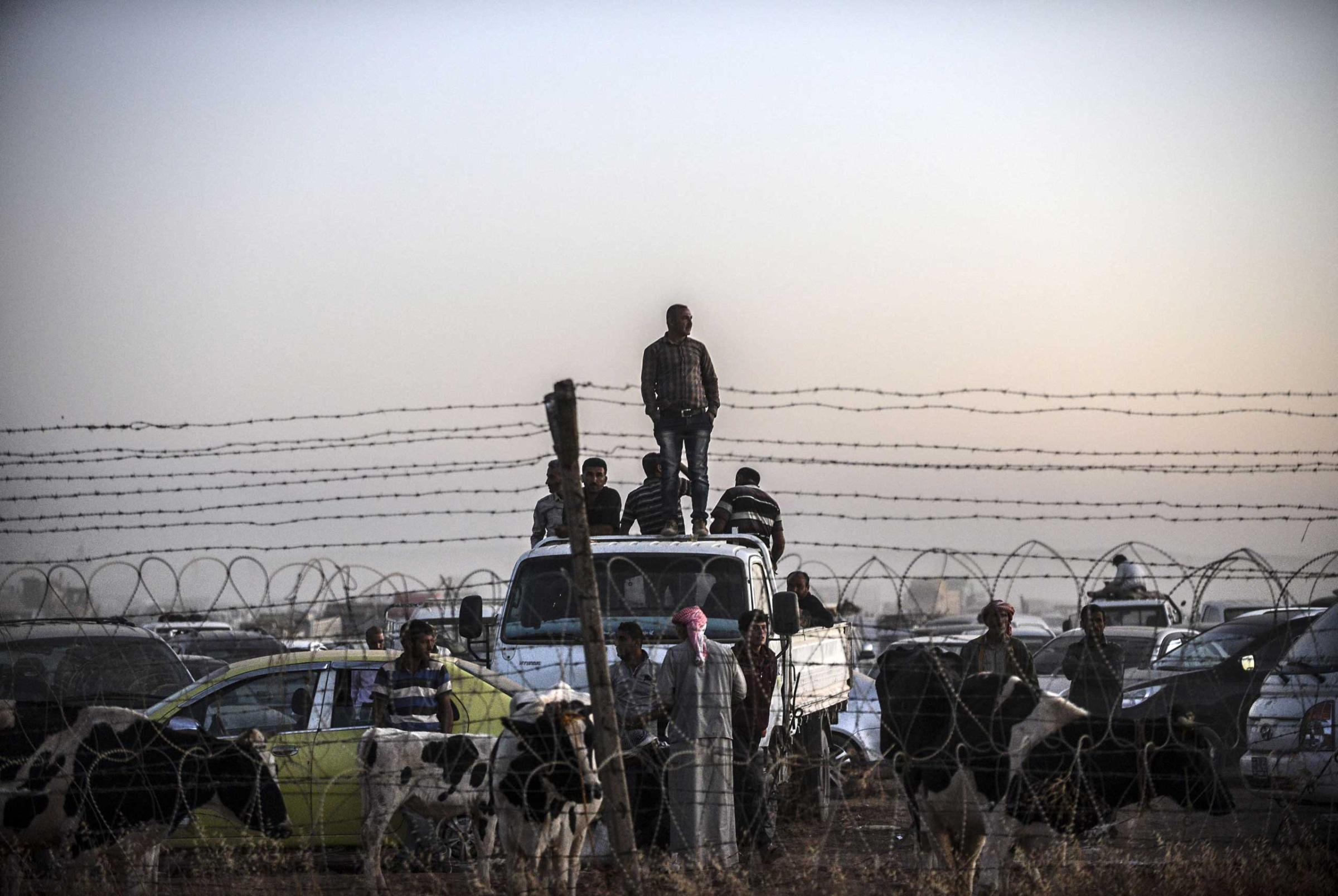

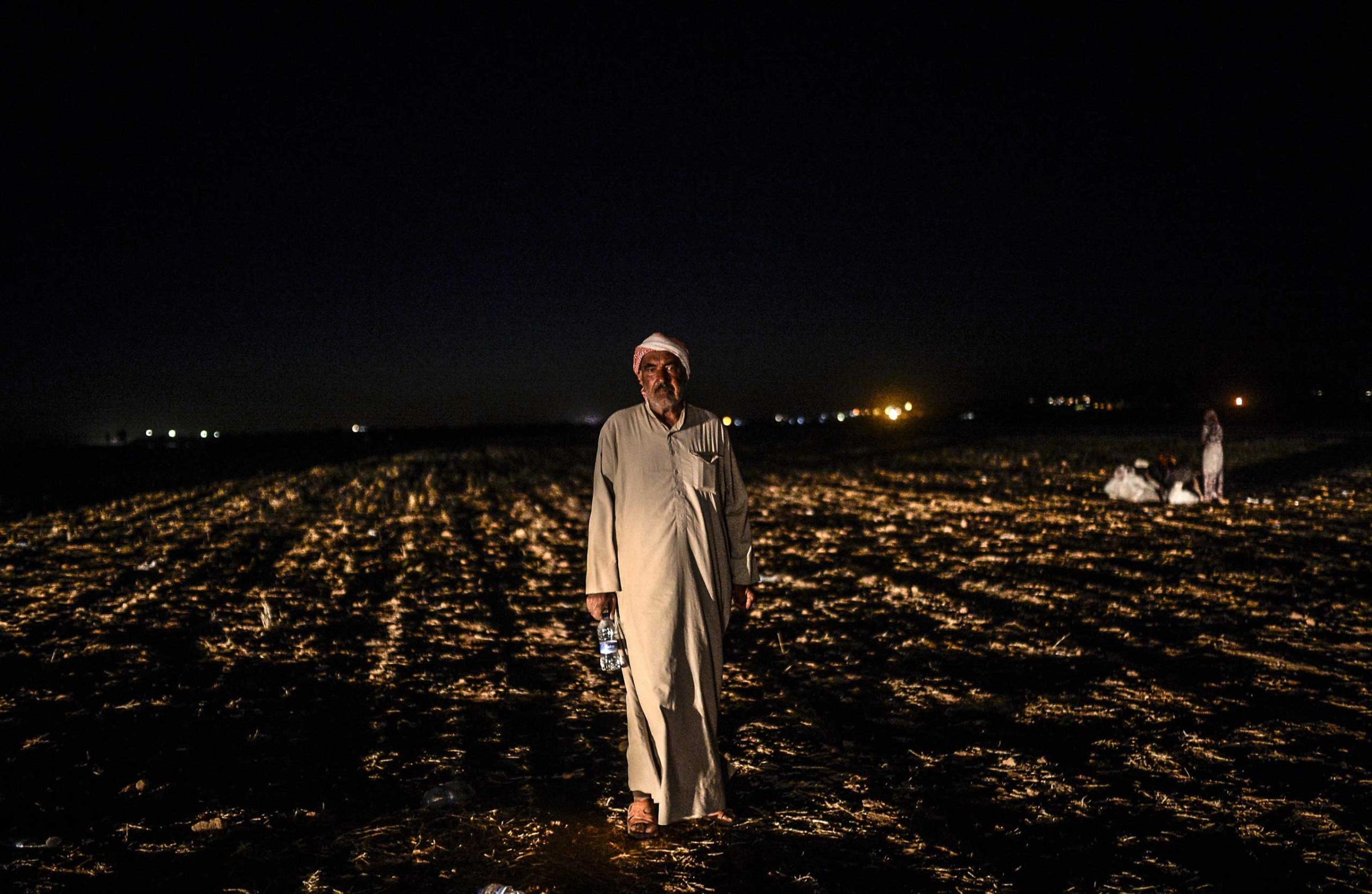




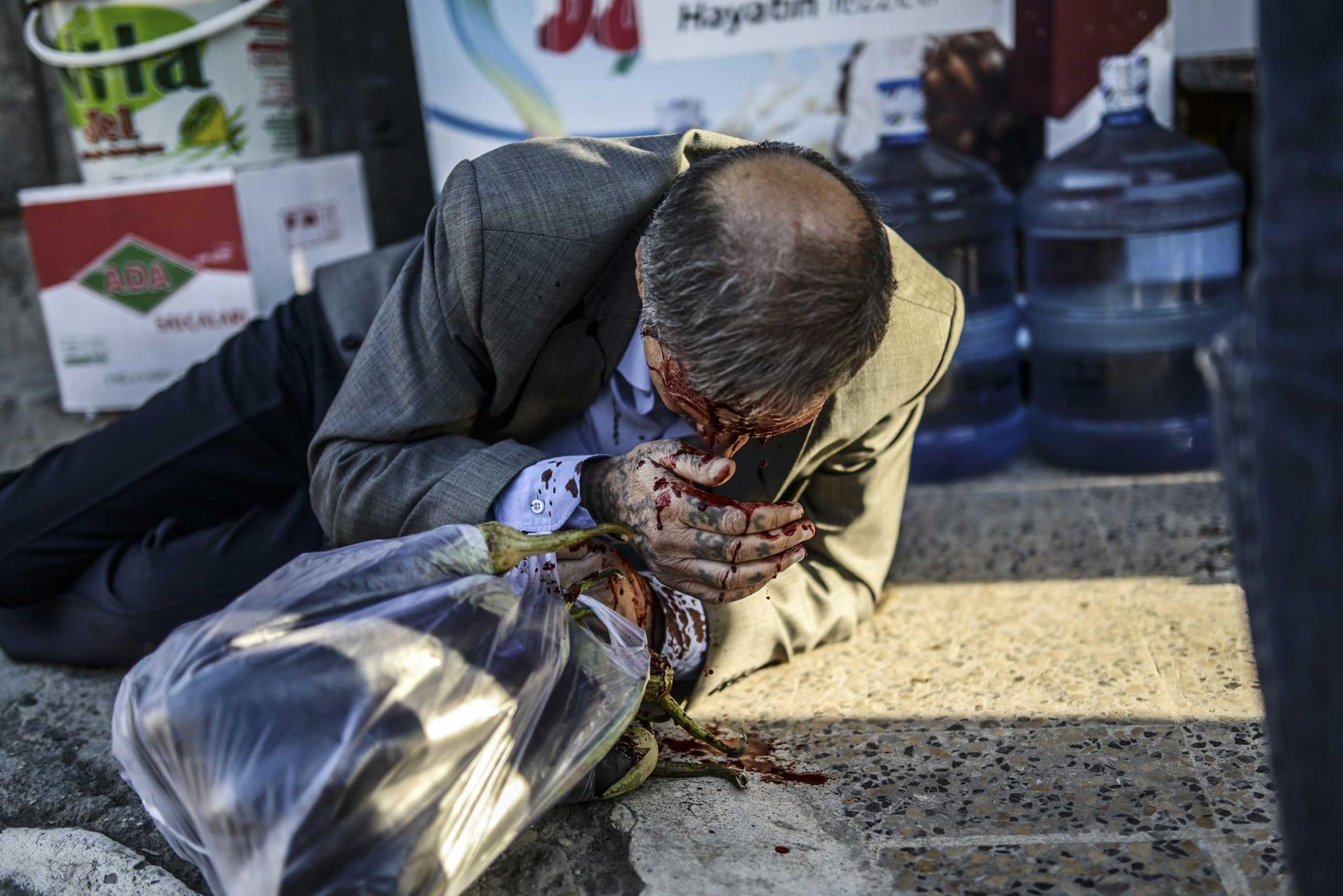

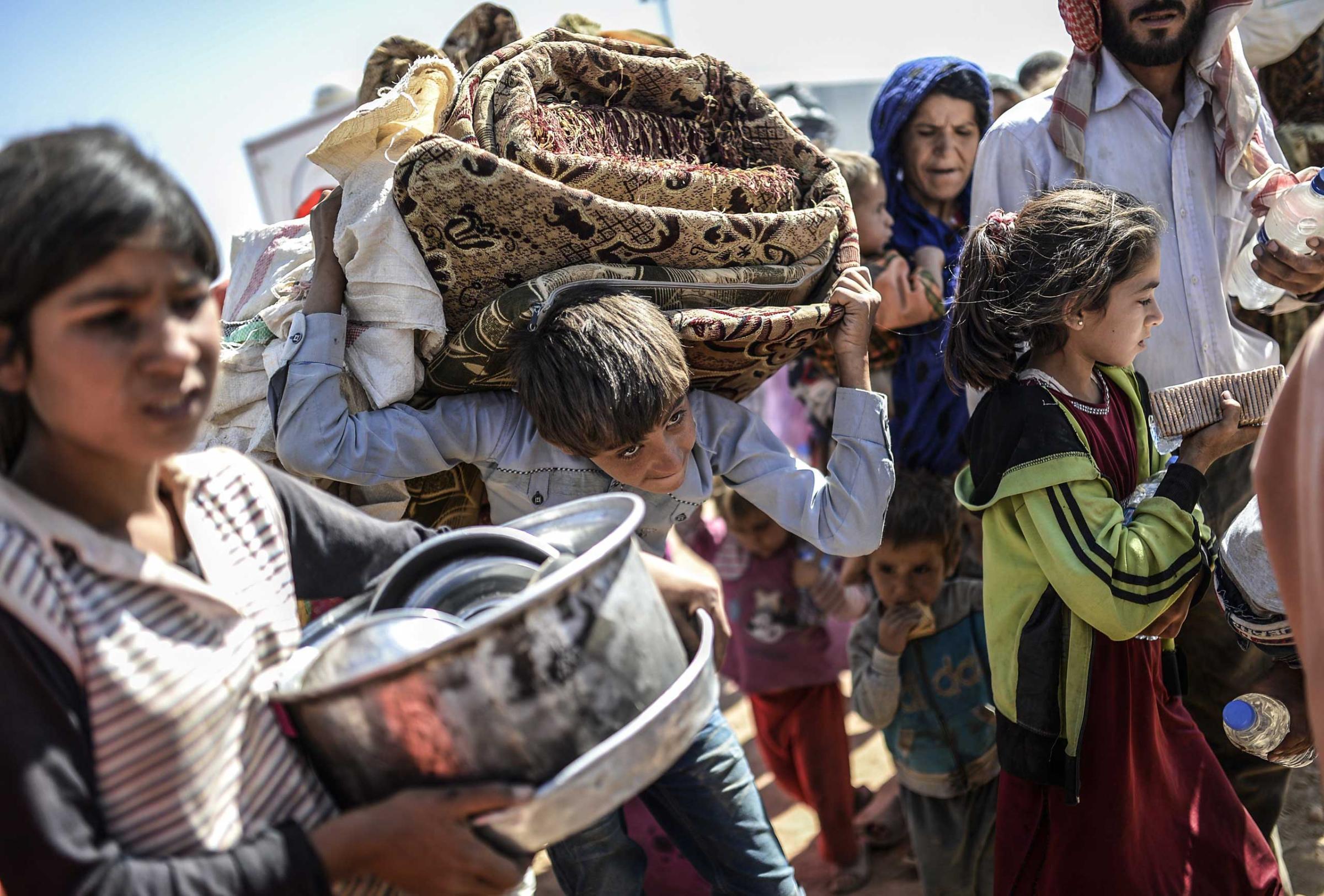
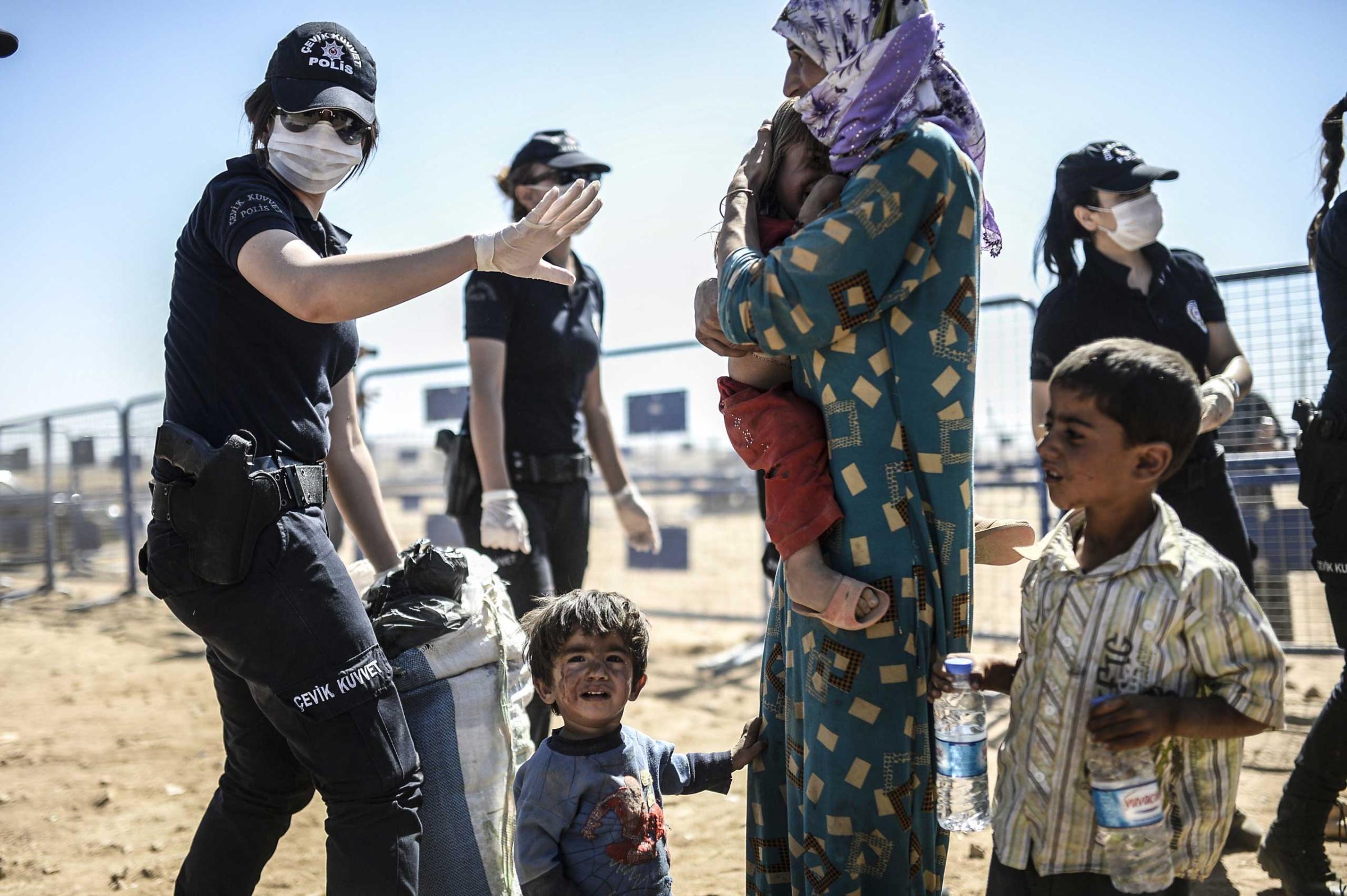
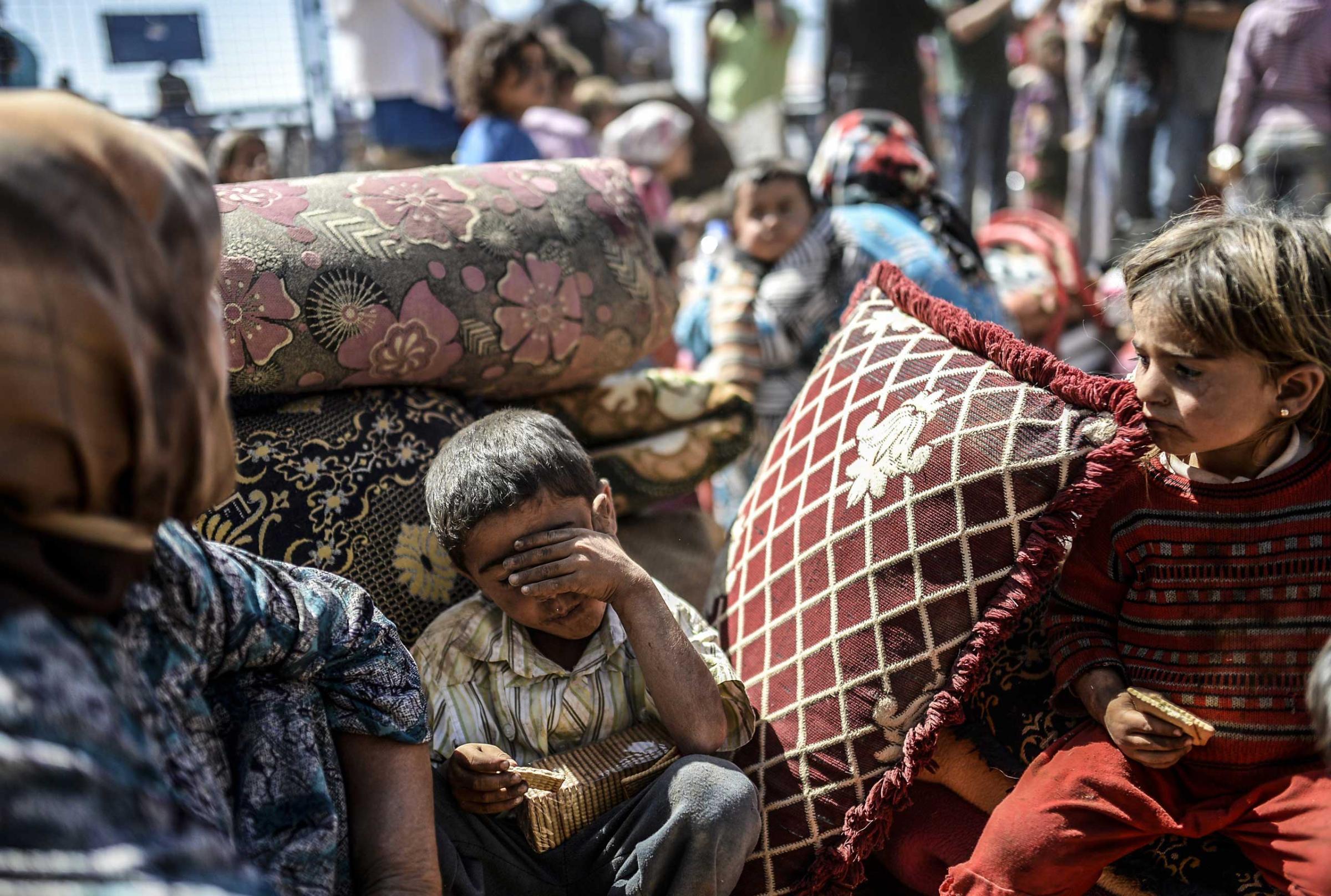
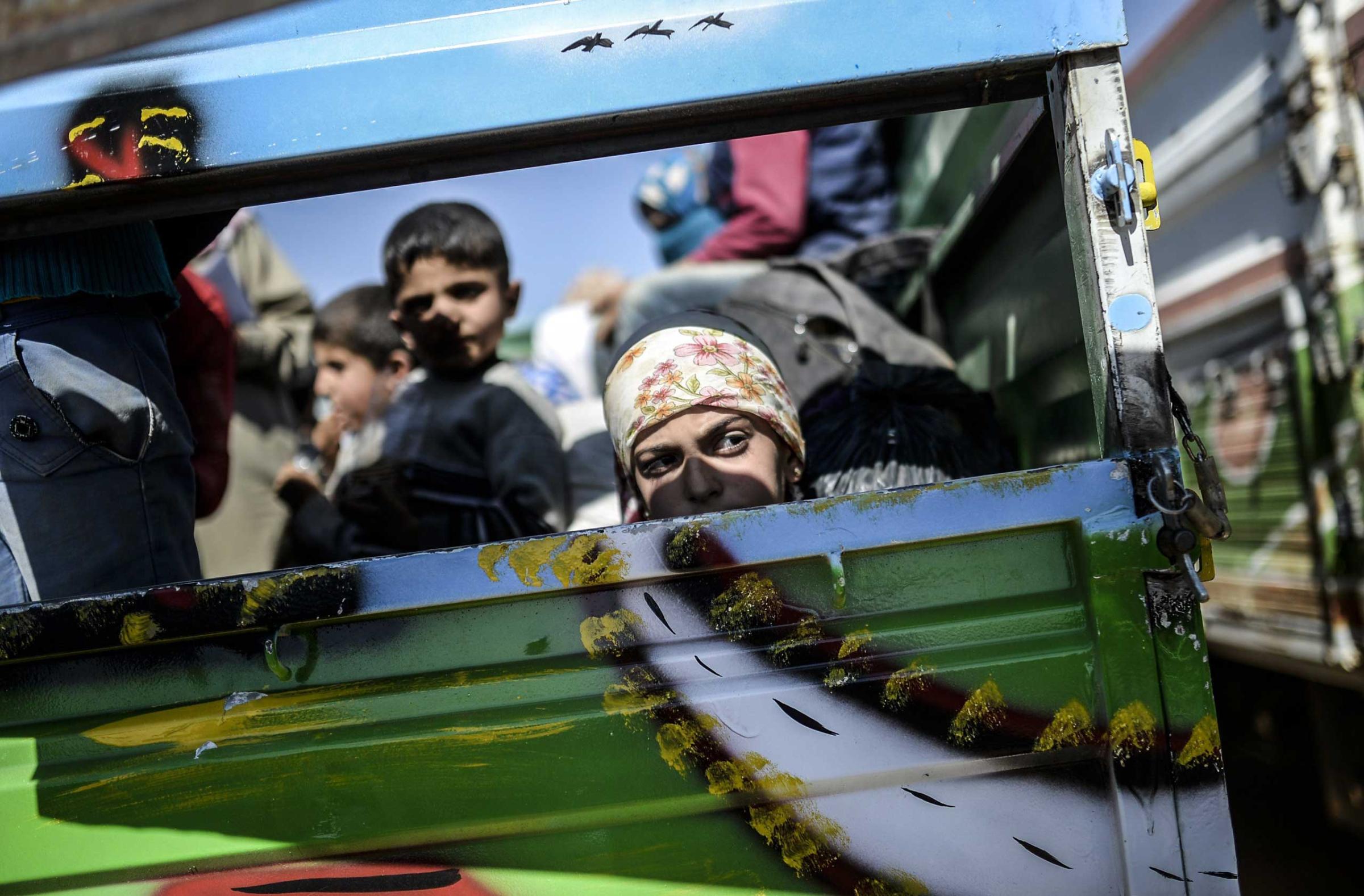
More Must-Reads from TIME
- Donald Trump Is TIME's 2024 Person of the Year
- Why We Chose Trump as Person of the Year
- Is Intermittent Fasting Good or Bad for You?
- The 100 Must-Read Books of 2024
- The 20 Best Christmas TV Episodes
- Column: If Optimism Feels Ridiculous Now, Try Hope
- The Future of Climate Action Is Trade Policy
- Merle Bombardieri Is Helping People Make the Baby Decision
Contact us at letters@time.com